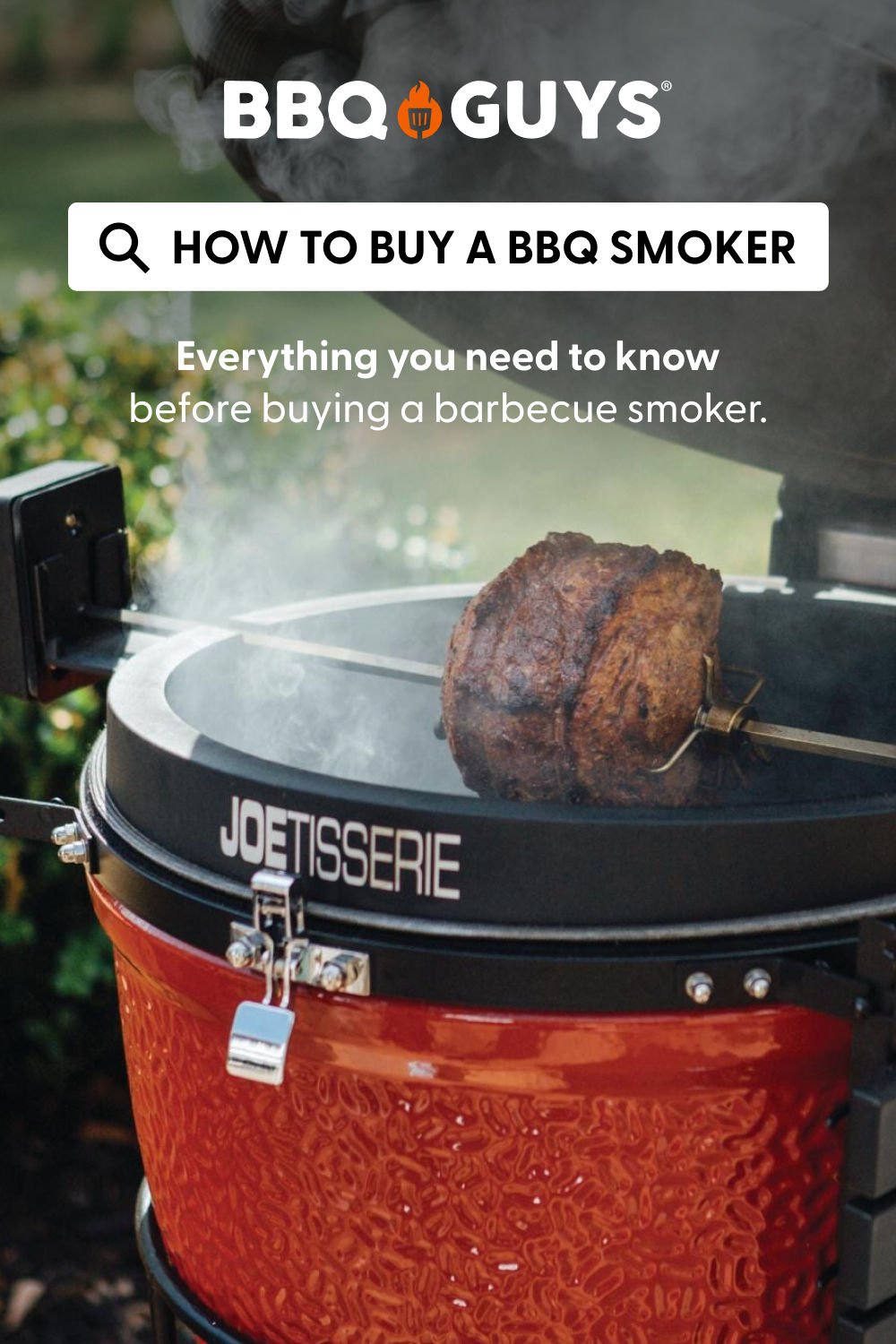
Important Usage Precautions for the Cirsureas Wireless Food Thermometer
Share
Today, let's talk about using wireless food thermometers. First, before using one, you must check the thermometer's instruction manual to confirm its waterproof rating, maximum measuring temperature, and temperature tolerance. Then, professionally disinfect the thermometer to ensure it's clean before use.
After disinfecting and cleaning, insert it directly into the food to avoid cross-contamination caused by touching other surfaces. Insert the probe into the thickest, coldest center of the food, avoiding bones, fat, or gristle, as temperatures there aren't representative. For irregularly shaped foods (like a whole chicken 🐔), you might need multiple probes or to choose the most representative spot (e.g., the thickest part of the breast). Ensure the probe is inserted deep enough to guarantee the most accurate reading.
Crucially, never insert a cold probe directly into very hot food or an environment (like a preheated oven 🔥). Sudden, extreme temperature changes can permanently damage the probe (usually causing thermocouple wire breakage). Insert the probe beforeputting the food into the oven/grill, or shortly after, while the temperature isn't extremely high yet. Similarly, after removing the probe from hot food, let it cool down naturally before cleaning or storing it.
Also, be aware that metal objects (like oven walls, grates), thick walls, and other wireless devices (Wi-Fi routers, microwaves, Bluetooth devices) can interfere with the wireless signal, causing unstable connections or data loss. Try to maintain a clear line of sight between the transmitter and receiver, staying within the distance specified in the manual.
So, how do we ensure the probe's accuracy? Use the Ice Point Method: Insert the probe tip into an insulated cup filled with a mixture of crushed ice and a little water. Stir it, let it sit for a few minutes, and the reading should stabilize at 0°C / 32°F (allowable error: ±1°C / ±2°F).
There's also the Boiling Point Method (affected by altitude): Insert the probe tip into boiling water (ensure it doesn't touch the pot bottom). The reading should be close to the local water's boiling point (check tables for your altitude, as it varies). This method might have slightly larger errors.
If the error exceeds acceptable limits, follow the manual's instructions to calibrate (if supported by your model) or contact the manufacturer.
